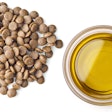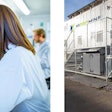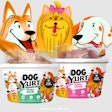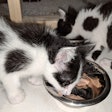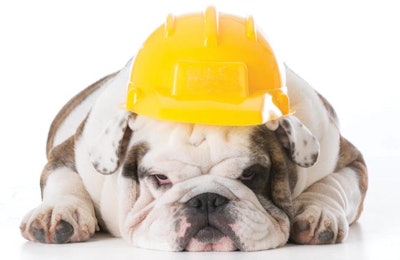
To reduce the risk of spreading dangerous germs, and the costly lawsuits that accompany them, hygienic design in pet food facilities incorporates nearly every aspect of plant operations, including processing lines, floor surfaces, drains, waste systems, HVAC, dryers, raw ingredient handling and packaging. Any surface that contacts pet foods or treats needs to be considered for potential contamination, particularly moist places. Airborne particles or fines, pesticides residues, pollen and dust can all cause problems. The onset of Food Safety Modernization Act (FSMA) provisions added another reason pet food facility managers to consider hygienic design. Along with keeping pet foods free of pathogens, certain food safety aspects of pet food manufacturing lines helped reduce the potential for staff to spread SARS-CoV-2, the virus that causes COVID-19.
At Petfood Forum, learn about planning and engineering for pet food safety.
In late 2019, pet food production facilities were already focused on stopping the spread of germs as the facilities, as they adapted to provisions of the Food Safety Modernization Act. During the early months of the pandemic, some pet food production facilities adapted those existing biosecurity and food safety measures to help prevent COVID-19 transmission. As the pandemic lingers, biosecurity and food safety remain foremost concerns among pet food and other animal feed production facility staff, yet the facility itself may present the largest challenge.
“The COVID-19 pandemic forced us to think more about biosecurity in our animal food manufacturing facilities,” Gary Huddleston, American Feed Industry Association’s director of feed manufacturing and regulatory affairs, told Petfood Industry in a previous article. “Some of the same procedures that we put into place to improve worker safety during the pandemic are also excellent biosecurity procedures for improving animal food safety.”
Those safety programs often must consider the limitations of the building itself. Aging facilities prove a challenge, as the average age rises for buildings in the pet food and livestock feed industries.
Pet food facility staff still must worry about workers spreading pathogens to the food or vice-versa. During the past (nearly) two years, facilities increasingly focused on keeping workers from passing germs among themselves. At the same time, various factors have resulted in a labor shortage. Keeping employee safety and health in mind can help keep a pet food facility running without interruptions.
3 considerations of pet food facility safety
Pet food safety is a key topic among pet food suppliers and manufacturers, for obvious reasons, Lindsay Beaton, editor of Petfood Industry magazine, wrote in a previous article. But food safety isn’t just about individual ingredients or the end products themselves; it’s also (perhaps especially) about the environment that surrounds said ingredients or products. To that end, experts in various aspects of facility safety gave their opinions and advice on how to ensure your facility is not only compliant with any relevant regulations, but actively contributes to the top-quality business you want to provide to your customers.
1. Construction: focusing on safety from the ground up
Food safety should be a consideration even before your facility exists, and designing your building with that in mind will not only set you up for success immediately, it could save you a lot of trouble down the road.
2. Sanitation: considering all the angles
Planning for the future isn’t just a good idea for new construction — it can save a lot of headaches later, when you realize you need bigger, better machinery … but don’t have the space for it without a physical expansion of your existing building.
3. Fire risk: top dangers and the importance of planning ahead
When it comes to fire prevention, at least, keeping track of the basics can make a significant difference in reducing potential catastrophe. Some of the most commonly overlooked hazards are neglected maintenance and fugitive dust, according to Franklin.








